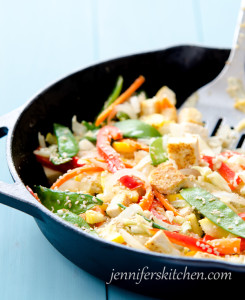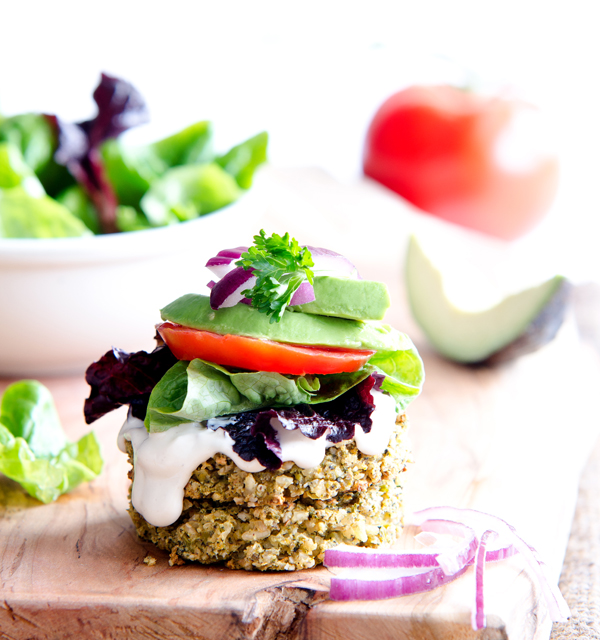Gardening Week and Free 8-Pack Collection of Heirloom Tomato Seeds
Wouldn’t it be wonderful if whenever you had a craving for pesto, you could just reach out the back door and pick some fresher-than-fresh basil leaves?
And there’s nothing quite like a meaty, full-of-flavor, heirloom tomato – still warm from the sun – on homemade bread.
Have you always wanted to try growing your own food? Well, I’ve got a great week in store for you! It’s gardening week here, and I’m devoting the entire week to growing your own ingredients.
What’s Happening this Week:
- How to Grow a Garden 101 (below)
- A Giveaway
- Growing a Garden in a Small Space – Container Gardening
- How to Start Your Own Vegetable Seeds Indoors (Including When to Plant What)
- Creative Ideas for Free Vegetable Seed Starting Containers
- And more!
Giveaway
Plus we’ll be giving away an 8-pack collection of heirloom tomato seeds from Baker Creek Heirloom Seed Company. Why 8? Because they wanted to give you one of every color! Orange, pink, purple, red, green, yellow, white, and striped tomatoes! Striped tomatoes?! Really? Really!
How to Grow a Garden 101
Growing a garden is fun, nourishing, satisfying, and rewarding! Even if you have only a small space for a garden (or even if you have NO ground for a garden – see Wednesday’s post), you can enjoy a bountiful crop of fresh vegetables on your plate for several months out of the year.
1. Select a Sunny Spot
Most garden vegetables need at least six hours of full sun a day, so choose the sunniest spot available.
Not enough sun? Don’t worry; there are a few veggies that will manage even with as little as three hours of sun daily. Try kale, lettuce, cilantro, parsley, and spinach in your not-so-sunny-spot.
2. Dig up Your Garden Spot
If you’re growing in containers (see Wednesday’s post), you can skip this step. Otherwise you’ll want to prepare the area by removing any sod and loosening the soil with a tiller or by hand (with a spade or shovel). Dig deep for the healthiest garden.
Don’t feel like digging? Try lasagna gardening. Here’s a book about it by Patricia Lanza.
3. Build up Your Soil
Good soil means good tasting vegetables. And healthier ones too. You can build up your soil by adding plenty of organic matter like compost. You may also want to add some other natural amendments to your soil.
4. Plant Your Seeds and/or Seedlings
Plant your seeds and/or plants. You can start your own plants or you can buy plants at your local nursery, garden store, or home improvement store. More on this in Thursday’s post.
Be sure to read the directions on the seed packet and/or plant container to know how to properly space your seeds and plants.
5. Provide Regular Watering
Most vegetable plants need to be kept well watered for proper growth. This is especially important after seeding or transplanting.
Be sure you situate your garden spot where you can reach it with a hose or where you can easily water with a watering can. If you want a large garden and/or don’t have time to water often during dry spells, you may want to consider drip irrigation. Here’s what I use.
6. Keep Your Garden Weeded
Weeds rob the vegetables of nutrients, water, and space. I really like my stirrup hoe, but my favorite way to keep out the weeds is with mulch.
7. Enjoy the bounty!
There’s nothing quite as fulfilling as growing your own delicious, fresh, and nourishing food!
Giveaway
Don’t forget we’ll be giving away an 8-pack collection of delicious and beautiful heirloom tomato seeds this week. So check back every day for lots of fresh garden advice and a chance to win this awesome collection of seeds.
P.S.
Need some more help with small space gardening? You may enjoy the classic book on the subject by Mel Bartholomew.
You my also like:







Please consider leaving a star rating and a comment. This helps others discover my recipes. Thank you! 🙂
One Comment